The Abyssinian Cat belongs to the class of popular cat breeds with the full package. This is a playful and energetic cat breed that loves getting your attention. And trust us, they'll always find a way. Even as domesticated cats, no area in the home is safe from this clever and hyper feline. If you don't mind going about your daily activities with a cat perched atop you, this might be the perfect pet for you.
Abyssinian Cat Breed Origin & History
The Abyssinian has been around the cat kingdom forever. The breed's ancestors possibly came from Abyssinia (now Ethiopia) — hence the name. But others believe the Abyssinian came from the coast of the Indian Ocean and Southeast Asia. Some believe that an Abyssinian was transported from Abyssinia to England in 1868, at the end of the Abyssinian War. The cat was named Zula.
Illustrations of this kitty showed her small ears and unusual head type. While she looked like an Abyssinian, there's no proof beyond the pictures. Because of this fact, other experts believe that the Abyssinian died out at one point, also deeming them as the "Obsidian cat" and leaving British Abyssinian breeders to recreate the breed with British Bunny cats (which have similar ticking).
Either way, the Abyssinian was a hit in Europe. But like many breeds, World War II completely wiped out the cat. British cat fanciers created the Abyssinian once again after the war ended. In the early 1900s, two Abyssinians were brought over to America, immediately sparking interest. North American breeders started creating more Abyssinians in the 1930s with other imported kitties. They are now in the top five most popular cat breeds in the United States, seventh in the world.

Abyssinian Cat Breed Personality
The Abyssinian is a medium, loyal and devoted cat that wants affection on its own terms. They will become quite squirmy and agitated if you try to pick them up. And don't expect them to curl up on you like a lap cat! But this social kitty will follow you from room to room, never wanting to be too far away. And one of their favorite activities is getting some pets and scratches while sitting beside you on the couch.
Abyssinians are often called "clowns" because of their insistence on entertaining the entire family. They don't mind making a fool of themselves if it means getting some attention. They'll sit on your shoulder, run around under blankets, and sporadically race around the house. They are agile and playful cats, known to jump onto hard-to-reach surfaces like bookshelves and doors.
The Abyssinian becomes especially determined to wreak havoc when left alone. This is not a cat that enjoys being left alone for hours each day and night. If you work long hours, the Abyssinian might not fit into your lifestyle. Their loneliness will soon lead to frustration and thoughts of revenge. And you don't want to see a couch that's come into contact with a vengeful Abyssinian.
Abyssinian Characteristics (Physical)
The Abyssinian's magnificent ticked coat is what sets them apart from other cat breeds. But you'll quickly realize that this cat breed has even more stunning qualities that make it a one-of-a-kind kitty. Abyssinians continue to capture the hearts of cat fanciers everywhere, and for good reason!
- Size: This is a medium-sized cat that can appear smaller than its actual size because of its slender build. They are usually between eight and 12 pounds, reaching a body length of 12 to 16 inches. The Cat Fanciers' Association describes the Abyssinian as "lithe" and "graceful." They have well-developed muscles, giving them a look that's between stocky and svelte. Their fairly long tail is thick at the base but tapers off.
- Head: The Abyssinian's head is a slightly rounded wedge with gentle contours. Their head flows into their arched neck. Their ears are large and appear alert due to their cupped base and forward setting.
- Eye Color: This breed has large, brilliant, and expressive almond-shaped eyes. They stand out thanks to the fine, dark line that encircles them. Their eyes are often a beautifully rich gold or green with a depth of color.
- Legs & Paws: To match their agile body, the Abyssinian has slim and fine-boned legs. They often appear to be walking on tip-toes, giving them an elegant appearance. The Abyssinian's paws are small, oval, and compact. There are five toes in the front and four in the back.
- Coat: The Cat Fanciers' Association outlines very specific breed standards when it comes to the Abyssinian coat. It should be a distinctly ticked coat with a soft, silky, and fine texture. You'll notice a "lustrous sheen" in its coat pattern. It's described as medium in length, long enough to accommodate two or three dark bands of ticking.
- Lifespan: Healthy Abyssinians live around 9-13 years. To live life to the fullest, Abyssinians must be given proper care and go to regularly scheduled vet visits.

Abyssinian Health Problems
This is a generally healthy cat breed, but they are prone to certain diseases and complications. Always make sure that you adopt Abyssinian kittens from reputable and registered breeders that can guarantee the health of their litters.
- Pyruvate Inase Deficiency: Due to red blood cells failing to metabolize, your cat will become anemic or develop other blood-related disorders. Bone marrow transplants can treat this condition, but it first must be identified by a vet. You'll notice your cat has pale gums and weakness.
- Progressive Retinal Atrophy: This is an inherited condition that leaves Abyssinians with vision loss. Night vision deteriorates first, but your cat may eventually lose their eyesight completely. If your cat is yowling in the night, they may be disoriented and unable to see correctly.
- Hyperthyroidism: Overactive thyroids are quite common in Abyssinians. A fast thyroid burns their energy quickly, and you'll notice extreme weight loss. Medication can help your cat deal with this complication. Your cat may appear weak or have an increased heart rate.
- Luxating Patella: This condition refers to dislocated kneecaps. You'll notice your cat having difficulty climbing, jumping, and moving in general. When your cat has a luxating patella, these movements can lead to arthritis. You might opt to have your Abyssinian undergo surgery, depending on the severity of the issue.
- Chronic Renal Failure: This condition is also known as kidney failure. It's hereditary, and older cats have a high chance of developing this serious issue. Make sure your Abyssinian kitten passed genetic health screenings to avoid this complication. You'll notice bad breath, vomiting, sores around their mouth, and blood in their urine.
Related: Cat Dental Care: The Complete Oral Hygiene Guide for Felines
Abyssinian Breed Care
Abyssinian cats have a coat on the shorter side. They don't require much grooming, but it's great if you brush their fur weekly. Brushing will remove excess hair, reducing their hairballs, and keeping your home safe from shedding. Your Abyssinian kitten will also love puzzle toys where they have to figure out how to get treats out of a gadget. This game will help keep your Abyssinian busy and entertained if you can't be around all day.

Nutrition
It's important to look for cat food brands with quality ingredients. The first to look out for is a protein source. This should be turkey, chicken, salmon, etc. If the first ingredient is "chicken meal," it's probably not a high-quality brand. The second ingredient to look for is taurine. The minimum daily taurine requirement is between 25 and 56 mg.
You want to avoid cat food heavy in carbohydrates, including wheat and corn. These ingredients are often called "fillers" because cats don't need them in their diet. In fact, it's often what makes cats overweight or allergic to their food. A healthy alternative is wet food. Wet food is a great way to give your cat the liquids they need to ensure they don't become dehydrated.

Children & Other Pets
Children and Abyssinians make the perfect playmates. Abyssinians are playful and energetic, ensuring there will be hours of playtime. Kids will love throwing toys and watching your cat give chase. They will also get a kick out of watching Abyssinians flip and fly for ribbons. Abyssinians are also known to be gentle, so they are great for just hanging out and chillin' on the couch while a child plays games or watches television.

It's highly recommended that you get two Abyssinians. Adopting two kittens will ensure that your Abyssinian isn't as lonely for the times you have to be away. While it can never replace your presence, feline companions can ensure your cat has someone to cuddle and play with. This breed gets along with most other cats and pets, including dogs. Just make sure to always introduce new cats slowly and patiently.

Final Thoughts
Goofy, playful, and loyal, the clever Abyssinian has continued to fascinate families everywhere. This is a cat that will constantly entertain you, whether it's watching them race throughout the house or hanging out with them on the bed. Just be aware that a cuddle session might quickly turn into your Abyssinian racing under the covers and bolting down the hallway. But they'll be back!

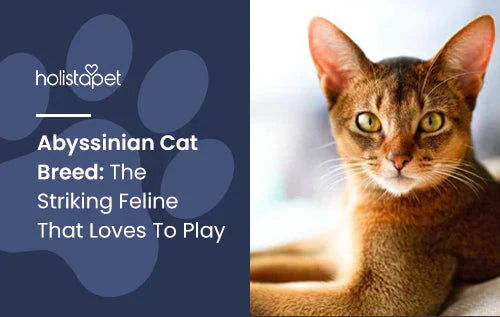
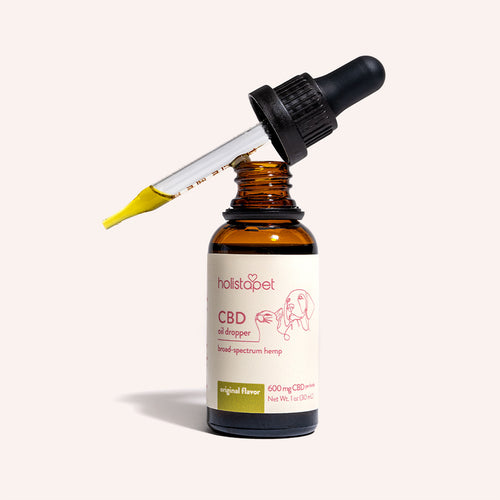 CBD Oil for Cats - Fast Acting
CBD Oil for Cats - Fast Acting
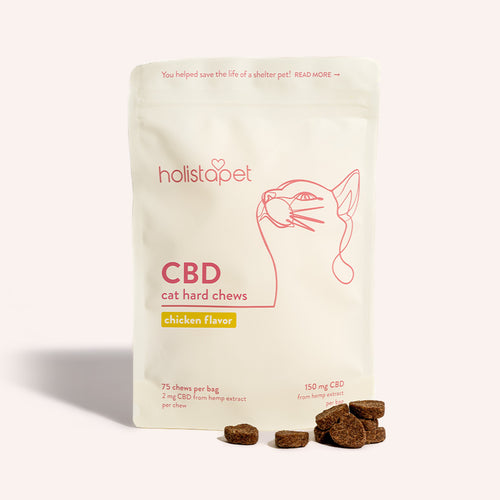 CBD Cat Treats - Easy Dose
CBD Cat Treats - Easy Dose
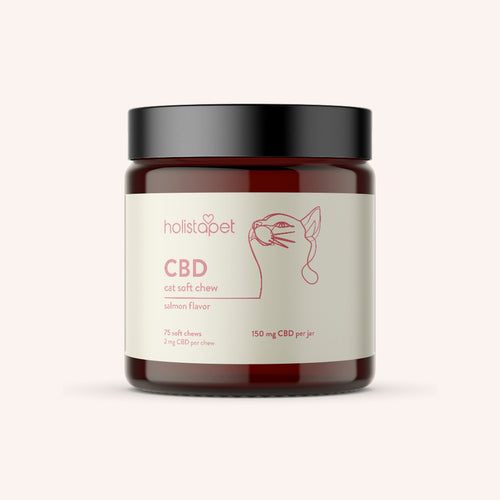 CBD Calming Chews for Cats - Highly Rated
CBD Calming Chews for Cats - Highly Rated
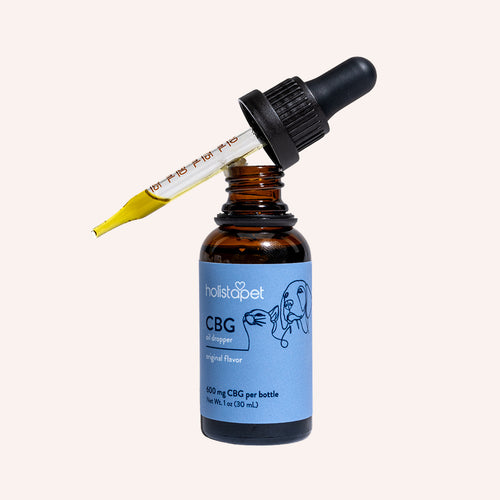 CBG Oil for Dogs and Cats - Loved by Thousands
CBG Oil for Dogs and Cats - Loved by Thousands


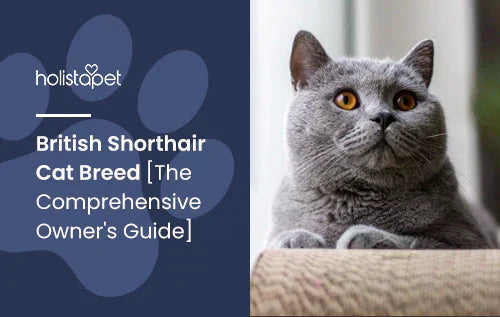
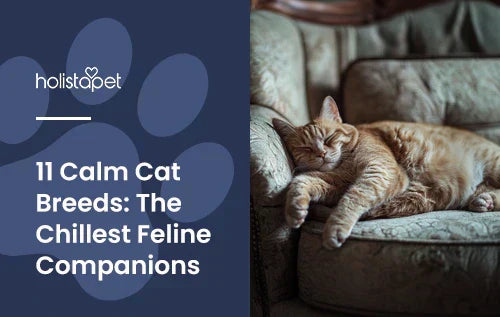

Leave a comment
All comments are moderated before being published.
This site is protected by hCaptcha and the hCaptcha Privacy Policy and Terms of Service apply.